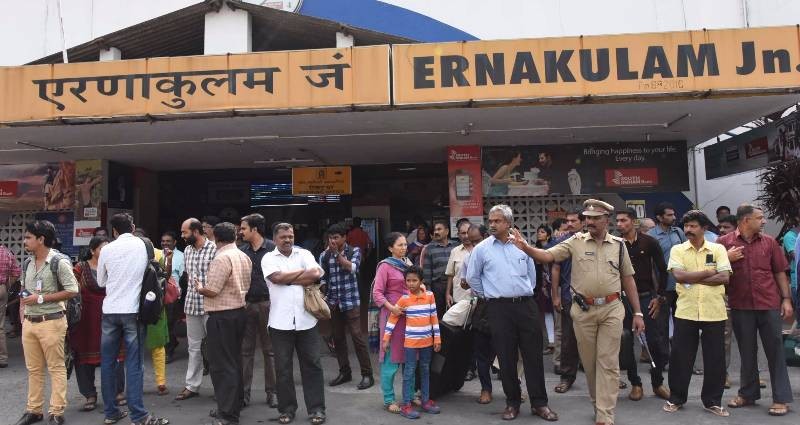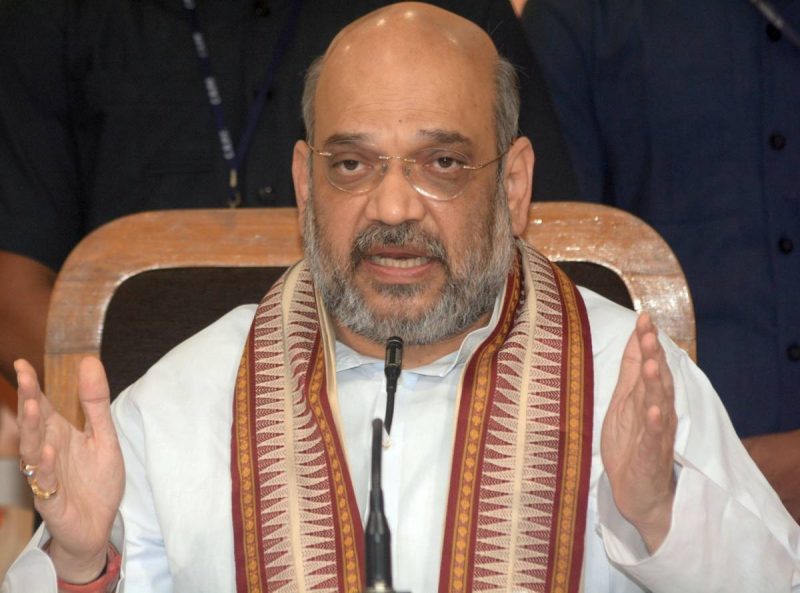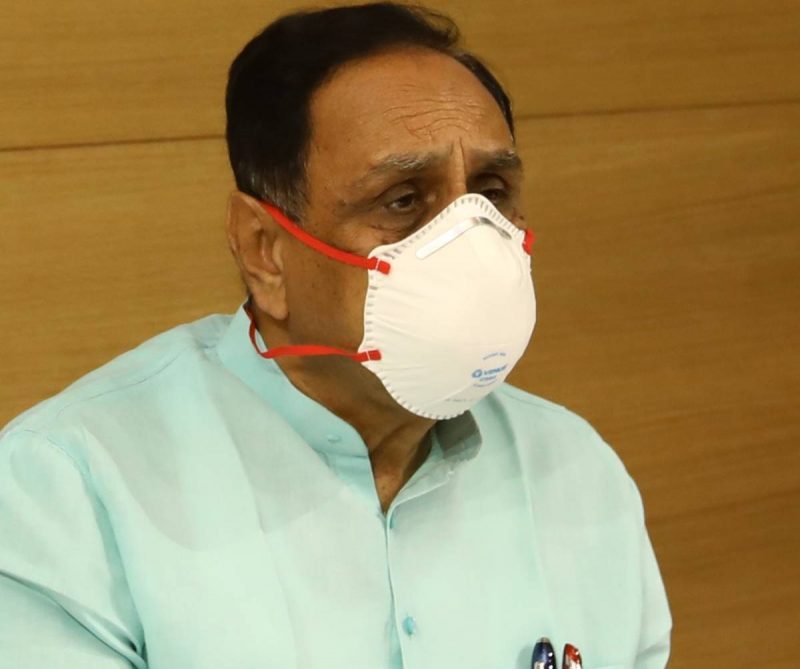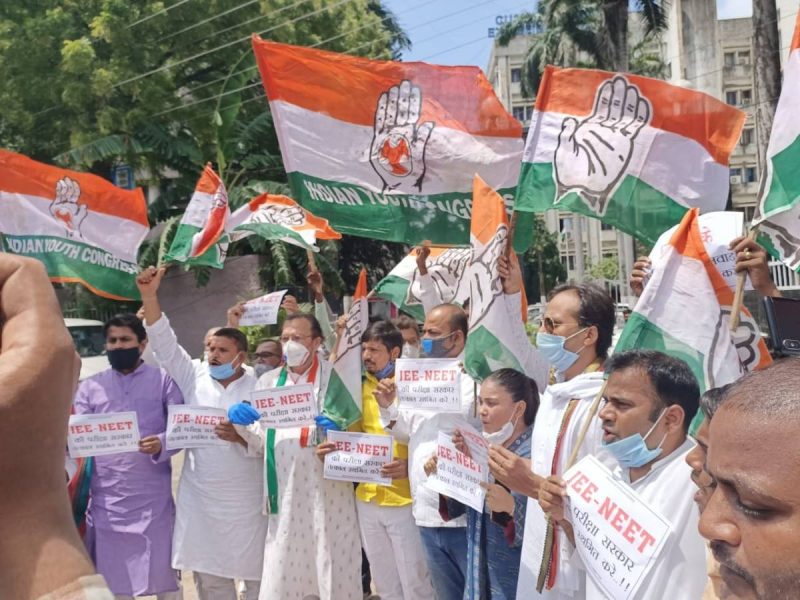India and Bangladesh, two South Asian democracies, are also neighbours with the longest common border of over 4,000 km. They are also partners in progress and development and have, over the last seven years, been able to sketch out an increasingly deepening engagement trajectory….writes Sreeradha Datta

The governments on both sides would want to showcase their bilateral partnership in the region. Political leaders appear invested with each other and have gradually, especially since 2010, been able to widen the bilateral scope to even include defence cooperation in recent times. The development of large and small infrastructure projects, trade facilitation, cross-border linkages and security cooperation are some of the salient features of this evolving relationship.
Clearly there is much to rejoice in bilateral ties between the two neighbours at present. It would be no exaggeration to state that India and Bangladesh are enjoying the most comprehensive bilateral engagement since they established diplomatic ties in 1971, immediately after that country’s independence from Pakistan. But we need to ask whether the evolving momentum can be sustained and, more pertinently, can this process be made irreversible?
The past four decades have been witness to periods of stagnant and uneven phases between the neighbours. While the two bilateral agreements signed in 2010 and subsequently in 2015, including the resolution of the border alignment, have placed the two neighbours on a firm footing, India has time and again been accused of not providing a level playing field to Bangladesh. Indeed, foreign policy is a factor of the domestic ground reality as well as perceptions which may not reflect the ground position. Both these factors assume greater salience in Bangladesh, specially vis-a-vis India.
Bangladesh’s is also a deeply divided polity. The Awami League’s return to power in 2014 was under rather piquant domestic circumstances. Suffice to say that the Awami League can be far from complacent about the next electoral outcome in less than two years. As is widely known, due to historical reasons, India has been closely associated with the Awami League and its late leader, Bangabandhu Sheikh Mujibur Rahman. This legacy has been carried forward by his daughter, the present Bangladeshi Prime Minister, Sheikh Hasina. Both in her capacity as leader of the Awami League and as the head of the government she has maintained excellent relations with India. Irrespective of the Union government in New Delhi, ties with the Awami League remain consistent and positive. Ever since Hasina led the Awami League to power in 2009, bilateral relations have seen an ascendancy unknown in the past. The convergences have been wide and mutual. It is no secret that India’s prime concerns of security are best understood and addressed by the Awami League and its allies. Ever since electoral democracy was ushered in in Bangladesh the governments have been formed with either Awami League coalition or the other dominant political party, the Bangladesh Nationalist Party (BNP).
For a variety of reasons India and the BNP-led government have not been on the same page as evident from the past. Although on the last visit by the opposition leader, Begum Khaleda Zia, to New Delhi in 2012 there were positive overtures, follow through, as we know it, is a tricky issue.
India’s predicament is obvious. Recently, Sheikh Hasina also referred to India providing support to the BNP in the past. The timing is interesting; Sheikh Hasina is due in India in early April on an official visit. Despite the bilateral bonhomie, Bangladesh is unhappy about the lack of resolution on all the common rivers. While India did put the river Teesta on the bilateral discussion table, the federal political dynamics has prevented the Centre from resolving the issue of water-sharing overruling Bengal’s position.
Irrespective of the number of outstanding bilateral issues being resolved, lack of resolution on the contentious issue of sharing of common river waters tends to create despair if not suspicion of India’s intention in Bangladesh. This issue has been rankling since 2015 and a recent attempt by the Narendra Modi government to renegotiate with Bengal over this appears to have drawn a blank. While New Delhi can legitimately move ahead on a bilateral resolution, it may not want to give Bengal, led by the feisty Chief Minister Mamata Banerjee, a handle to spin yet another round of dance and drama just now as she had done earlier over the Teesta water-sharing issue. Apart from other joint projects encompassing infrastructure and energy, the new item being speculated on the bilateral table is that of a defence agreement.
Then Indian Defence Minister Manohar Parrikar was in Dhaka last year, within months of the first visit by Chinese President Xi Jingping. Bilateral agreements involving over $20 million across 27 items, including defence, was not unexpected from China, a long-standing partner of Bangladesh. A defence cooperation agreement with an important neighbour would be a feather in India’s cap, but what would it entail for Bangladesh? Joint military exercises, training, intelligence-sharing would be beneficial for both. Anything that involves purchasing Indian defence equipment and hardware may not go down well with Bangladesh. In the wake of the Indian decision to fully fence the India-Bangladesh land border, the mood across the frontier may not be very indulgent. Sheikh Hasina needs a gift to take back to Dhaka, not a compromise package.








